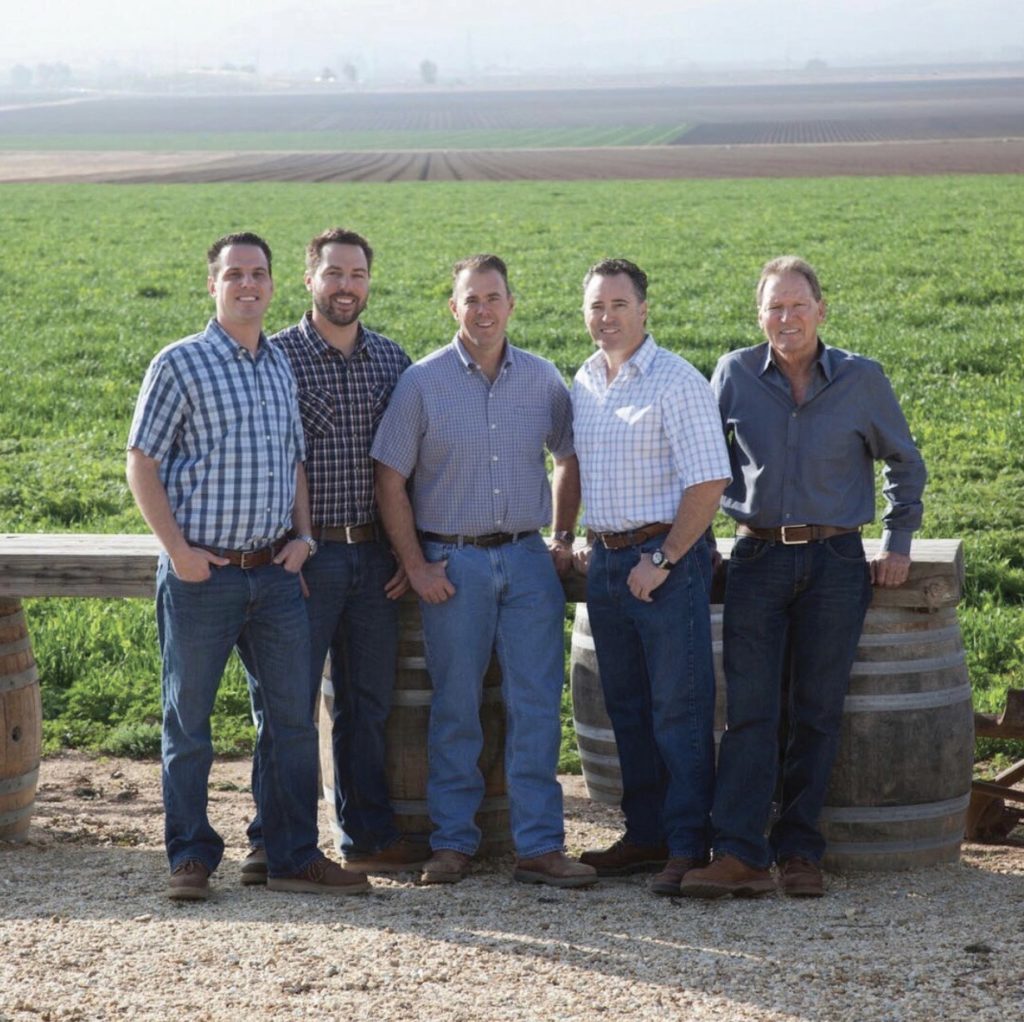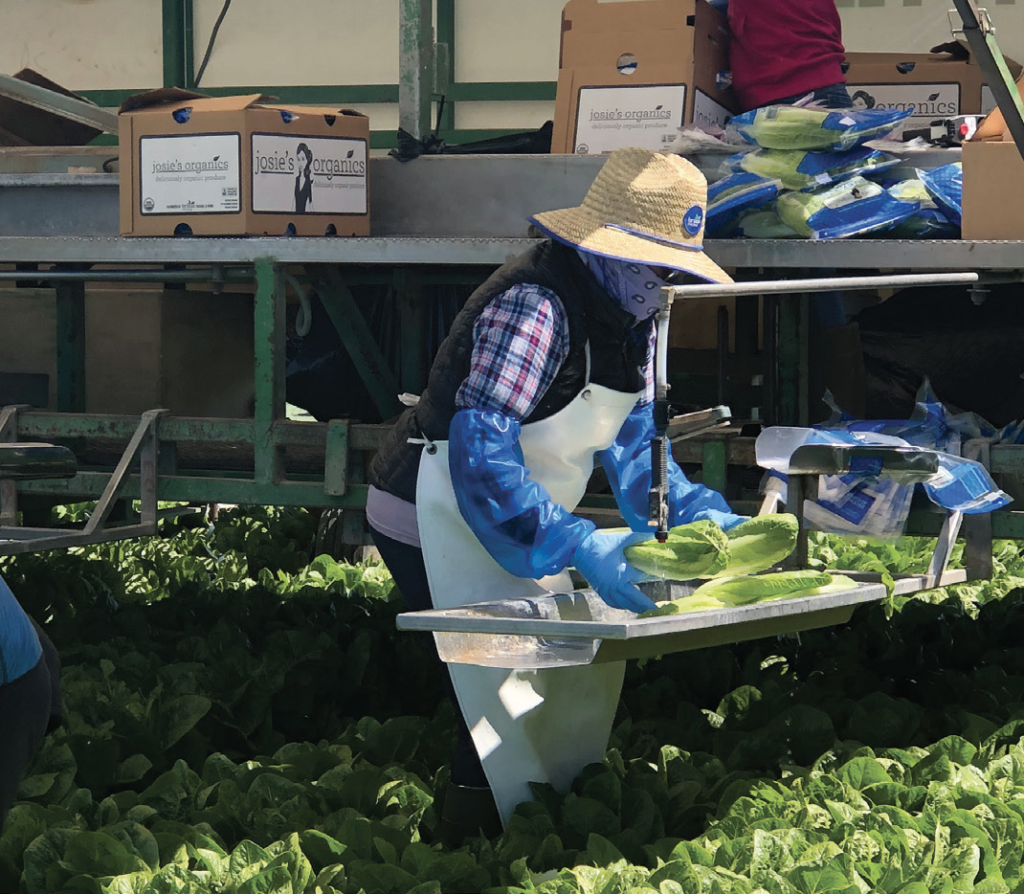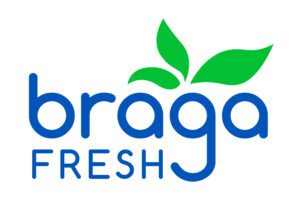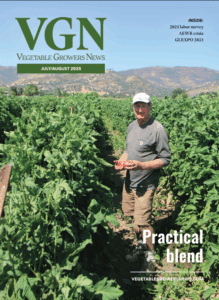Jul 19, 2024Stewardship, sustainability Braga Fresh priorities
At Braga Fresh Family Farms Inc., sustainability is in the ground and in the name of one of its sister companies.
Hard work and dedication to the land, mixed with innovative agronomic and sustainable growing practices, have helped the third-generation, family-run company thrive for nearly a century.
“Stewardship and sustainability are our No. 1 priorities,” said Eric Morgan, vice president of environmental sciences and resources for the Soledad, California-based Braga. “Our top priority is improving the land we have and leaving it in better condition for the next generation. That’s not a tagline. It’s what we are actually trying to do.”

Braga plants cover crops, tracks carbon use, examines irrigation water and applies the right amount of fertilizers.
Braga grows a large variety of organic vegetables in multiple California growing regions. As it continues to transition farmland, Braga is working to increase its organic acreage every year. It is setting aside as many acres as it can. Braga offers leafy greens such as arugula, chard, cilantro, fennel, kale, leeks, parsley, spinach, green and red leaf lettuce, romaine lettuce, spring mix and collards as well as broccoli, cauliflower, cabbage, celery, green onions and beets.
“The practices our founders instilled in us worked well,” explained Morgan. “If we weren’t doing it right, we wouldn’t have good crops. We are able to get great crops off the beautiful land and darn good crops from the harder to manage soils.”
Continuous availability
Production in the Salinas Valley, in Imperial, Monterey, San Benito and Santa Cruz counties and Yuma, Arizona, provide for year-round shipments. Harvesting in the northern regions runs April through mid-November. Planting in the southern desert regions begins in late August and early September. While some crops begin harvesting in October, the bulk commences in November and finishes in early March.
Braga’s sister companies, Sebastian Harvesting, Valley Farm Application, Al Pak Labor, A.S.A. Organics and A.S.A. Farms began in the 1990s. A.S.A. stands for All Sustainable Agriculture. A.S.A. Organics is the organic farming entity in the northern production regions while A.S.A. Farms works the south.
“We are as vertically integrated as possible,” said Morgan. “We are doing as much as we can with spraying, fertilizing, and now with processing. We are trying to take on as many responsibilities as possible, keeping everything under our own controls. It’s huge to be able to decide what you want, pursue it and put people in place to make it happen.”
In 1928, Sebastian Braga, a Swiss immigrant, arrived in south Monterey County and started growing row crops. In the late 1930s, Sebastian and his wife Josie Braga bought and settled on a 600-acre ranch at Soledad. They raised dairy cattle and grew tomatoes, onions, sugar beets and hay and field corn. During the 1960s, Sebastian’s sons, Ernest, Norman and Stanley, joined the operation. They changed the dairy cattle operation to a beef cattle operation and started growing lettuce, celery and cauliflower.

In the 1990s, the third generation of Bragas – Rodney, Chris, Carson and Marshall – joined the business. Braga began experiencing significant growth. After graduating from college, Rodney applied his managerial expertise which helped fuel expansion of growing regions beyond the main home ranch area. Braga began transitioning to organics during this period.
The ground Braga’s founders acquired in the 1920s includes a variety of soils, from beautifully productive dark and heavy alluvial soils to those with decomposed granite that can be used as a roadway base. The soils are all within a quarter of a mile of each other and require different management strategies.
Emphasis on the soil
Braga employs a robust soil testing program. Before every planting and fertilizer application, soil is tested to ensure the proper amount of nitrogen and nutrients is applied. Morgan believes soil testing will become a standard industry practice. Employing the procedure for almost a decade, the testing has provided Braga advantages.
“With soil testing for nitrogen and ammonium, we find that we can reduce our inputs and learn more about our crops and do a better job growing them sustainably,” said Morgan.
Though unusual to plant summer cover crops in the Salinas Valley, the cover crops take up any residual nitrogen left in the soil from the previous crop. The cover crops hold that nitrogen in the tissue of new plants until the cover crop is terminated and that nitrogen is made available to the next crop. The cover crop also takes CO2 (carbon dioxide) from the atmosphere and holds it as carbon in the plant that is later added to the soil.
“The crop following the cover crop is a better quality crop,” said Morgan. “If you plant a cover crop, it will save the environment and you will be saving some money.”

Technological advancements
Technology is vital to Braga’s farming. Beneficial insects are dropped into fields via drones. University of California crop management program irrigation scheduling software audits Braga’s water application.
GPS helps maximize field and implement efficiencies. “If we can get to under an inch accuracy with our groundwork, we will be saving passes, diesel, labor and wear and tear on machinery,” said Morgan. “It adds up almost 20% when you let the GPS guide you. There is a gigantic list of things we’re doing in technology.”
Tablets collect agronomic, production and harvesting data, which is entered into apps.
“The challenges we see when moving to new technology include ensuring you get all the data you want and that it is accurate and complete,” said Morgan. “It’s a big deal going from a log book to a handheld personal device like an iPhone or iPad.”
Sustainability is part of Braga’s daily routine. “We ensure sustainability by building up soil organic matter, planting cover crops, by using the right amount of fertilizer, and by protecting surface water from runoff that can contain sediments or nutrients,” Morgan said. “It’s a big deal for us.”
Read more about Braga’s agronomic practices in the article originally published in Organic Grower magazine.
















